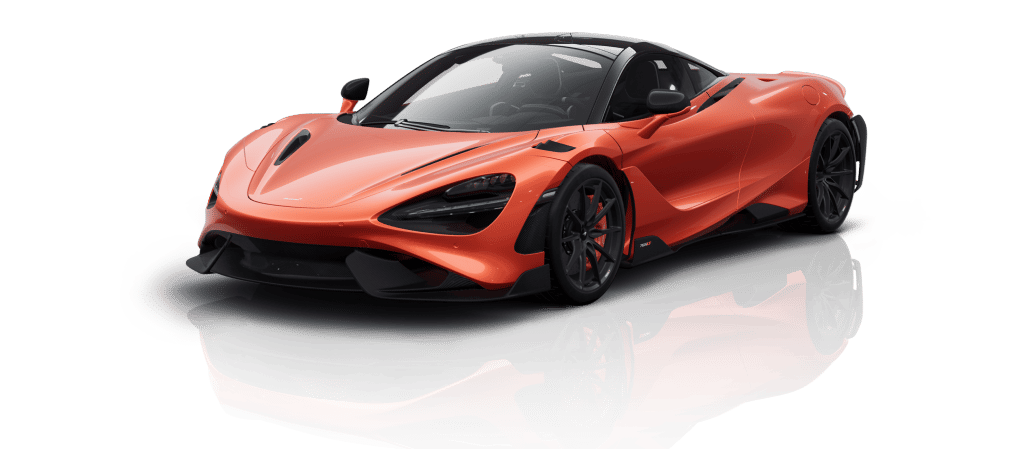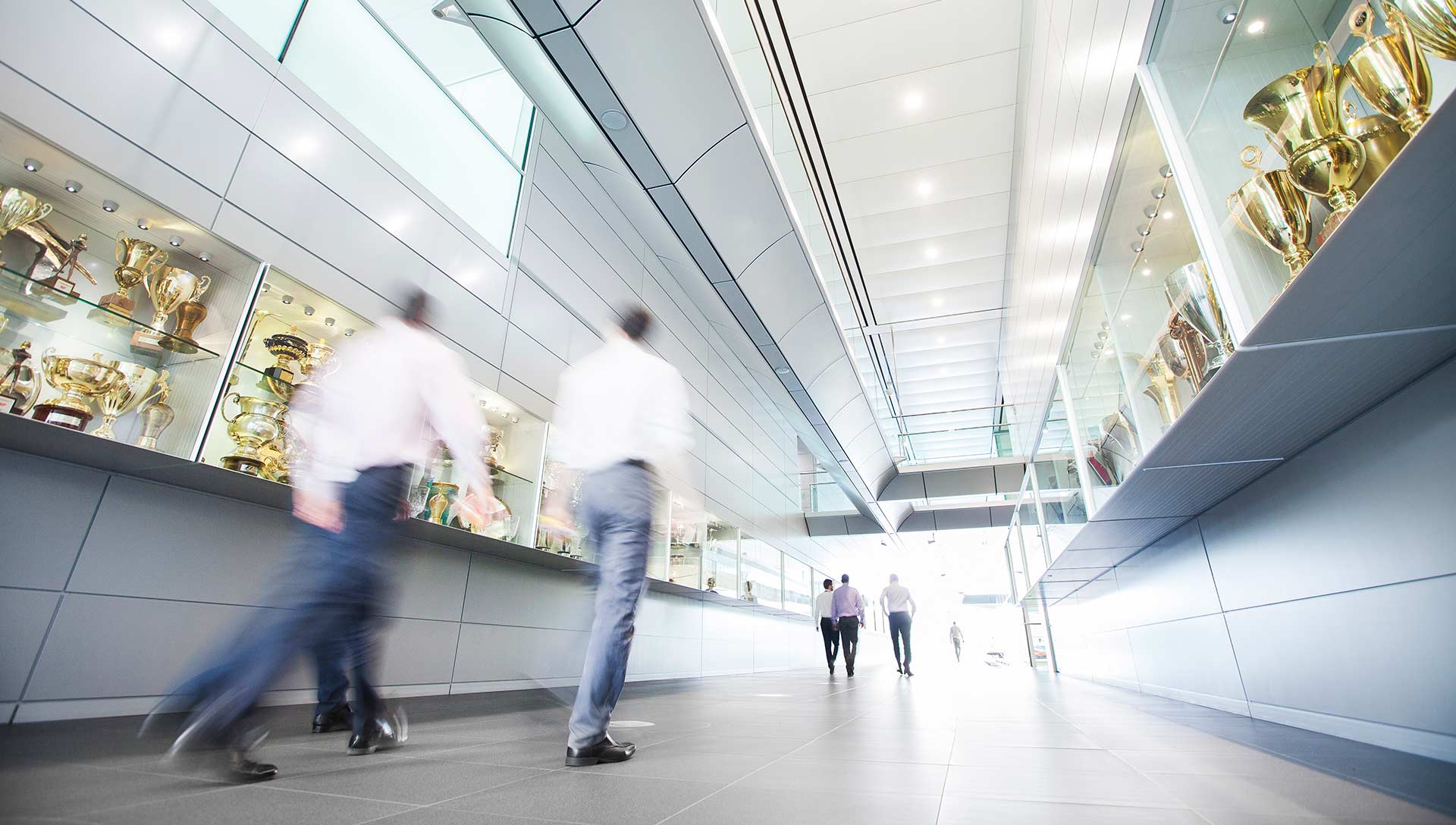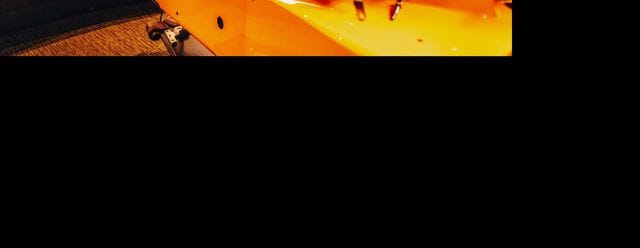
The secrets of a Formula 1 simulator
Follow us past the 'Strictly no admittance' sign as we take you inside the McLaren simulator
From the outside looking in, it may seem as if a Formula 1 team's simulator is effectively a giant video game console, with its use adding to a long list of reasons why so many children consider a racing driver to have the dream career.
Sadly, we're here to debunk that theory. There is an element of truth to it – driving a simulator requires intense skill and a lot of hard work, but it can also be very enjoyable. However, it's far more in-depth and expensive than your typical gaming rig. A Formula 1 simulator is a revolutionary, multi-million-pound piece of machinery that allows for the improvement of cars without the need to test on location, saving significant resources, energy and finances.
To say they're shrouded in secrecy would be an overstatement, but they're certainly not readily available to the public. The McLaren simulator lives within its own private room tucked away at the McLaren Technology Centre, where a closed door reads: "Strictly no admittance. Authorised personnel only."
Very few people ever get past that sign, and even fewer get to drive the simulator. So, we spent a day with Test & Development driver Will Stevens and the McLaren simulator team to learn more…
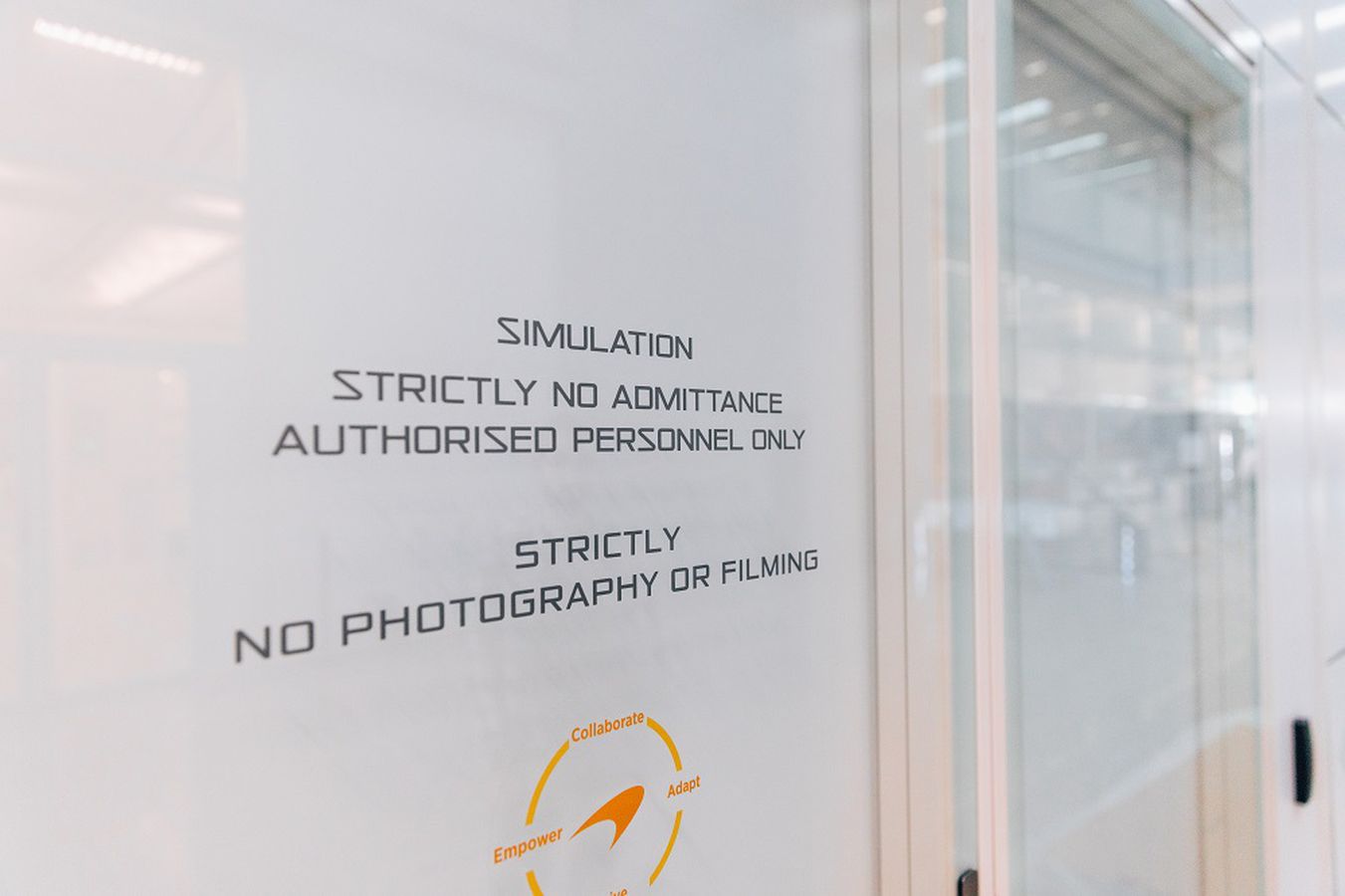
When powered up, the room is dimly lit, with most of the light coming from the simulator's large 180-degree widescreen. The only other light comes from the computers being used by the team, which include Serena Potts, her fellow simulator performance engineers, and the operational staff. A few snacks and drinks line the table, but for the most part, it's heads down, with noise coming only from the simulator.
During a break from driving, Will and Serena join us for a coffee in the MTC's Juice Bar to discuss their day's work and how it fits into McLaren's wider plan.
"If you utilise it correctly, the simulator can make a big difference in the development of the car," Will begins. "Most of our work is car development, whether for the current car or next year's car.
"That is the testing of final components, either during or after development – that could be aerodynamic, suspension, or steering, for example. The team come up with what they believe is the right way forward, and then we test it and feedback on whether we think it is a positive or negative change."
Serena adds: "In some ways, we're checking that even though they might have picked a good direction, they haven't missed a more suitable alternate direction."
The simulator is in use weekly, with Test & Development drivers Will Stevens and Oliver Turvey sharing duties, in addition to the work that Lando and Daniel do themselves. Will can spend several hours straight driving the same track, like during a real-life test. Barcelona is a particular favourite because of its variety, with several different types of corners and sections.
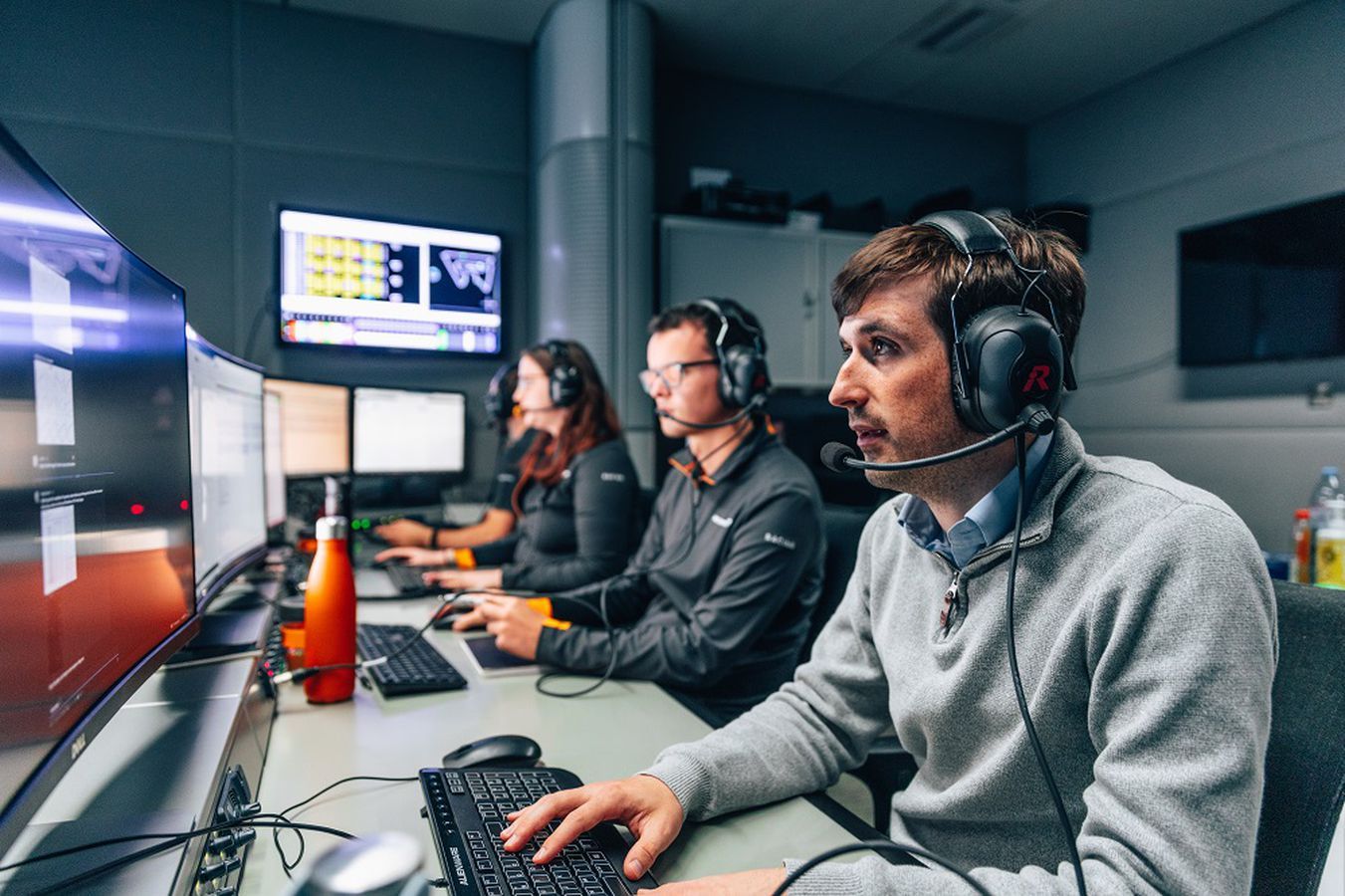
Discussing some of the work that has been undertaken this season, Will explains: "It's common knowledge that choosing ride heights and suspension stiffness has been a focus this year, managing that relationship between aero-performance efficiency, ride and kerb strikes. That is the same for pretty much everyone right down the pit-lane.
"A lot of the work we have done this year is to try and explore the best trade-off for each circuit, and this type of thing. Experimenting with that compromise and the end result. We then give that information to the engineers so that they can make better decisions on how to run the cars optimally and how to find that balance."
To look at a simulator, it is hard to believe quite how accurate it is in comparison to a real-life experience. Simulators are not full-length cars, they comprise a cockpit and front wing, and they don't physically drive on a track where outdoor conditions such as weather and surface can differ drastically from session to session.
The ability to compensate for that is a large part of what has made simulators such a viable alternative to on-track testing, with just six days of testing in the 2022 cars permitted ahead of the season – three in Spain and a further three in Bahrain.
"We'll take a lot of the physical aspects of what's happening at the track and bring them back to the simulator," Serena says. "That might be ambient air conditions that affect the tyres, or it might be a wind profile so that we can replicate exactly what's affecting car balance at the track.
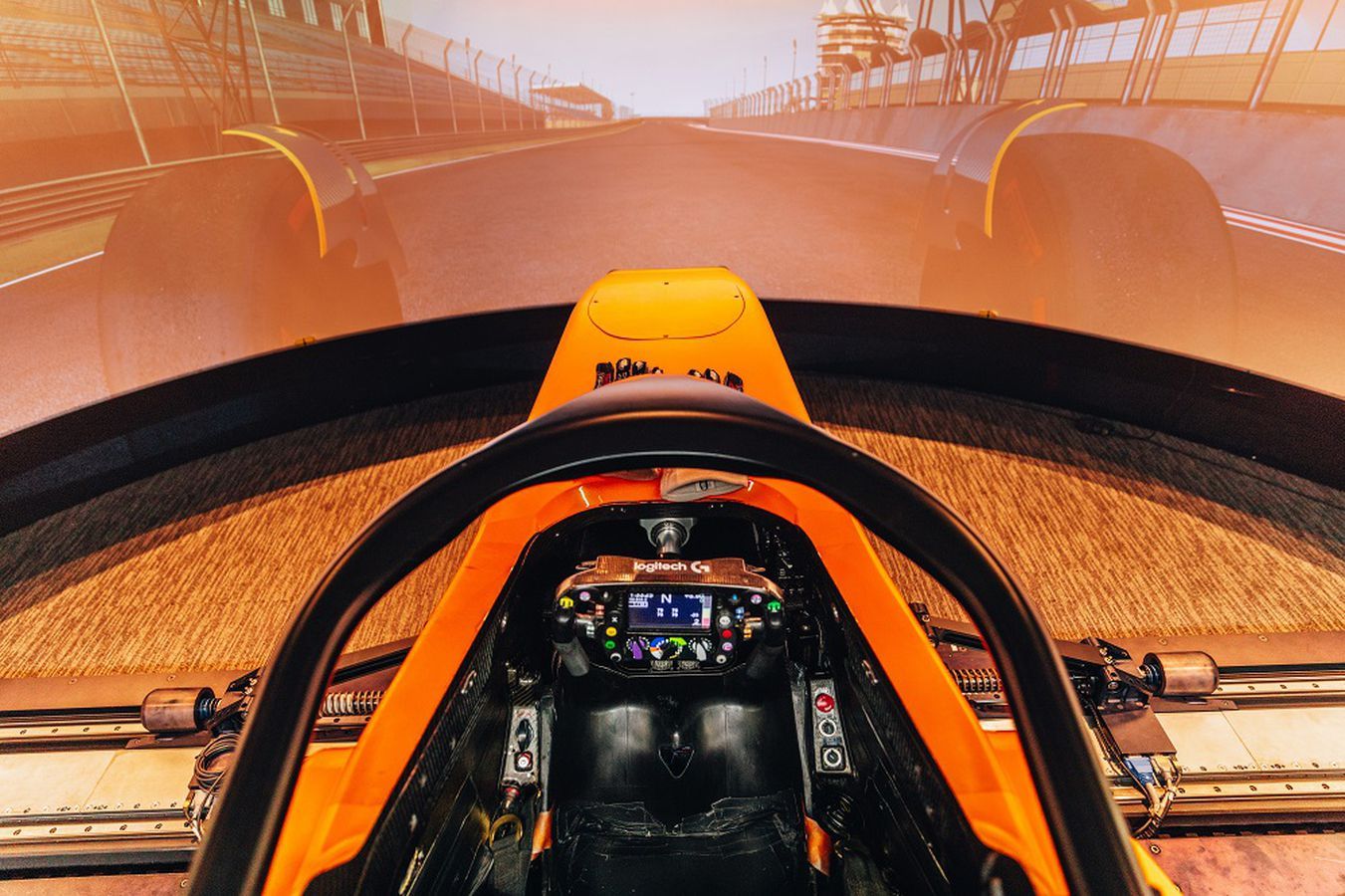
"Take wind, for example. We get actual data from the track that we can apply to the simulator - there is basically a wind model in the sim. You can map wind direction, speed, force, and even gusts. All of this can be implemented on the sim."
Will picks up: "I can feel that when I'm driving the sim from a balance perspective. Obviously, you can't feel the wind, but from a balance perspective of what should change when you've got a huge headwind or tailwind, I can feel that balance effect on the car.
"Sims have come on massively. We put in every single piece of data that we can get from the F1 cars, which have so many data channels that we can correlate to. All that data is implemented into the sim model, which puts our balance into a very close window to what they experience on track."
At the time of speaking, the team are working on developments for the car like those mentioned above, but in addition, they also provide in-depth race weekend support to the team at the track.
The team can take the data they receive from free practice and match it up to every characteristic of the car that weekend, be it wind, tyres pressure, the balance of the car or ride heights.
This can then be coordinated with the feedback received from Lando and Daniel during the sessions and explored further, effectively increasing the team's practice time by several hours.
"We run through a whole bunch of different set-up items that we are able to complete in a quicker way than what they could do on track," Will continues. "A big part of what we do is race weekend support, working between sessions, but mostly after FP2 and overnight, before they start FP3. These days are typically a bit longer, and we're always working to the time zone of what they are at the track.
"Anything they could think of that they would like to change, they feedback to us, and then we go ahead and test it out and relay our feedback of what we think is good and bad. The team on location takes that information and uses it to decide the cars' setup for FP3."
So, what makes a good simulator driver? Patience, for starters. Although a laugh meets that particular response, it is factual given the hours they spend driving the same circuit, searching for the tiniest of details that may make a difference.
Whilst watching the simulator sessions before and after a coffee break, there are lengthy periods of silence as Will completes lap after lap, separated by short and sharp debriefs on what is felt and noticed.
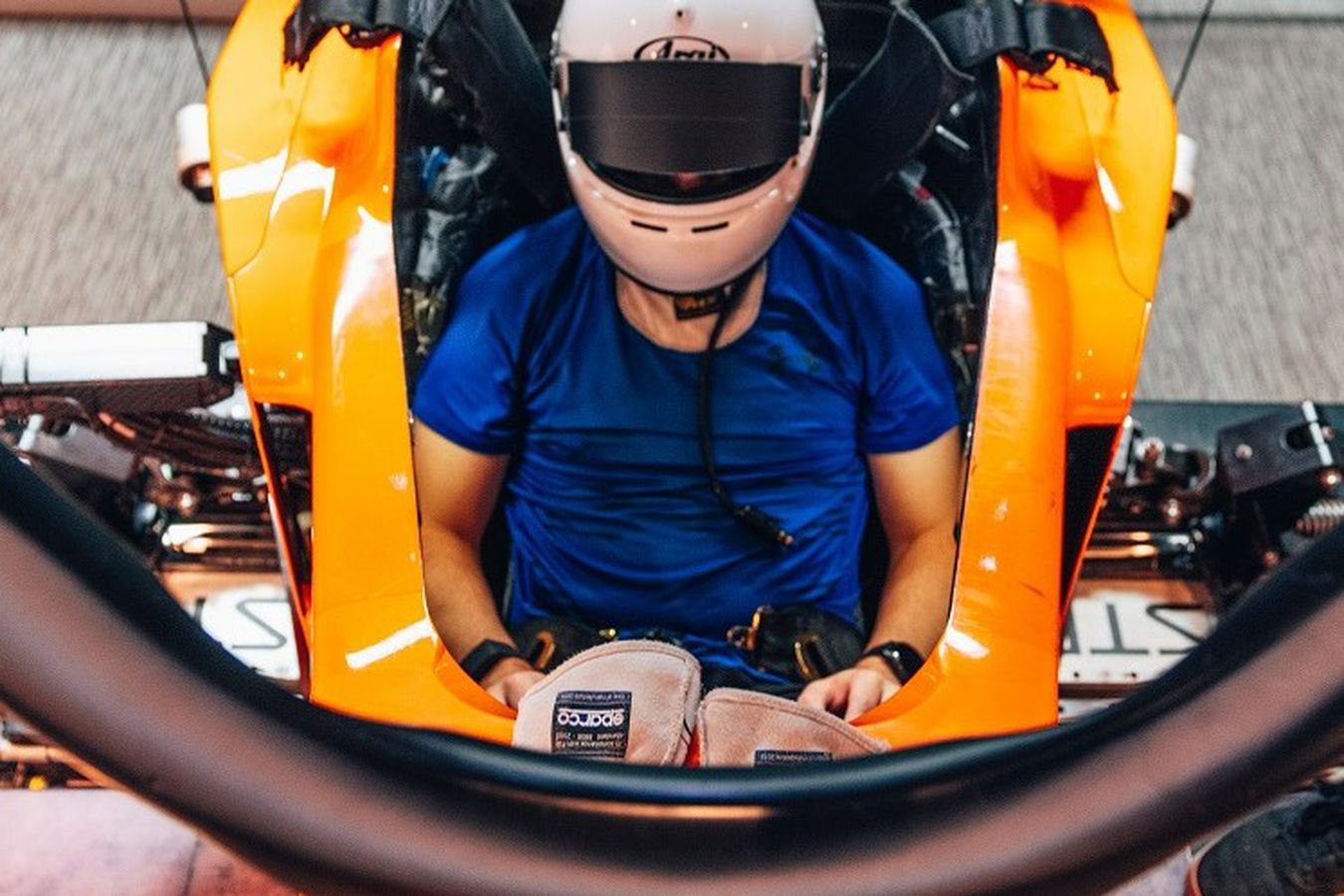
It's about packing as much into the days as possible, and knowing what to look for, and the questions that might be asked can save a lot of time. With Will in his fourth year as a McLaren Test & Development driver, this has become second nature.
"Will is very good, he gives us quality feedback, and it helps that he's worked with McLaren for so long because he knows what we are looking for," Serena explains. "Will has this ability to quickly differentiate between what is realistic at the track and what is completely unrealistic.
"That is something we might not be able to do from behind the computers or looking at the data. If Will tells us that something isn't going to work, we can dig deeper and find a way to make it work."
Will adds: "You need to be consistent and efficient. If it takes you 15 laps to feel a change, then you aren't going to get nearly enough done during the day. From this point of view, it helps to know what you are talking about on the development and engineering side so that you can relay what you are feeling effectively and give feedback that they can work with.
"Another thing is that you need to drive it relatively similar to what the race drivers are doing because as a driver, you can heavily influence how the car is behaving, so you need a sim driver who is able to influence that behaviour in the same way."
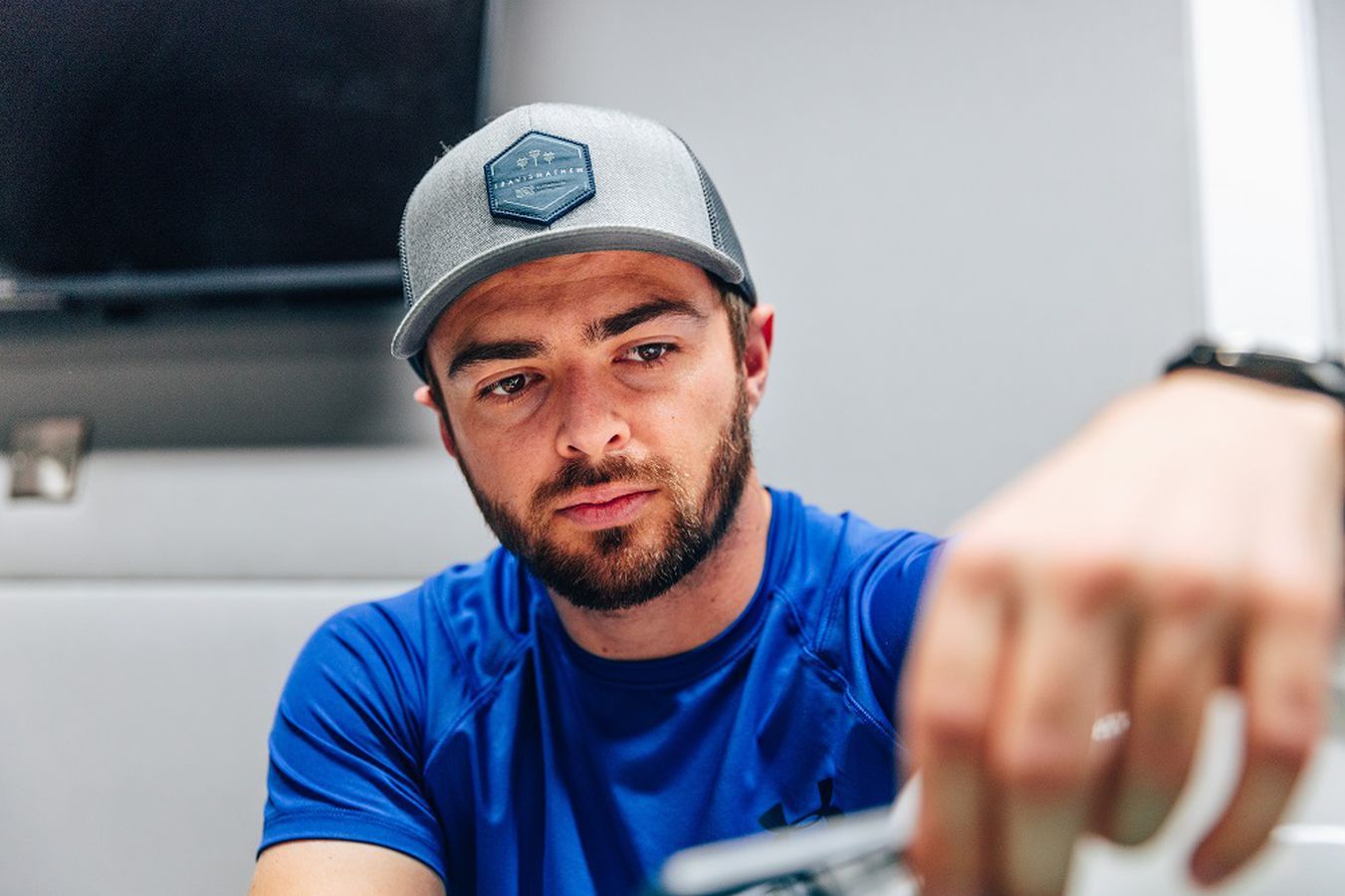
That final point is where Will's extensive experience of actual Formula 1 machinery comes into play. The Essex-born racer has 20 F1 entries to his name, with Caterham and Manor Marussia, between 2014 and 2015. Most recently, Will took to the cockpit of the MCL35M in Portimao as part of our Driver Development Programme in July.
"It is so important to have that experience," Will asserts. "It helps me to make decisions based on what would work on the track. It means that I can get that much more out of the simulator, having had recent experience with a McLaren Formula 1 car.
"It is also nice for me. I've got previous F1 experience, but that was seven years ago. So, to feel what it is like to be back in an F1 car on the track is nice. I think it's helpful for the whole team because you had members of staff who are usually factory based, who were working trackside, which is good for their development and understanding."
Running complete, Will pushes the halo back above his head and removes his helmet as the whirr of the simulator slows to a stop. The tap of fingers on keyboards continues, with plenty of data still to be analysed and correlated, as he clambers out of the cockpit and takes a seat. The simulator may be switching off, but their work for the day is far from finished.
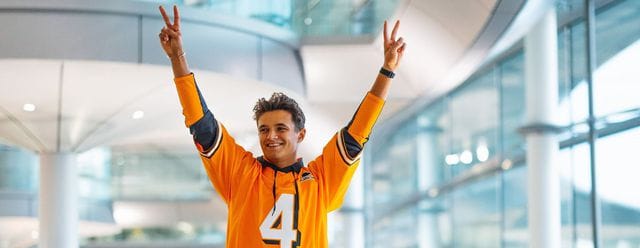
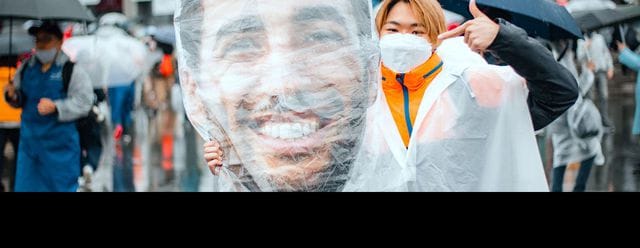
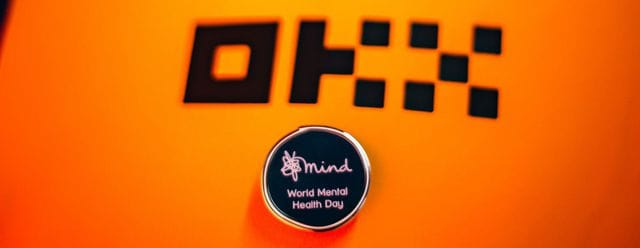
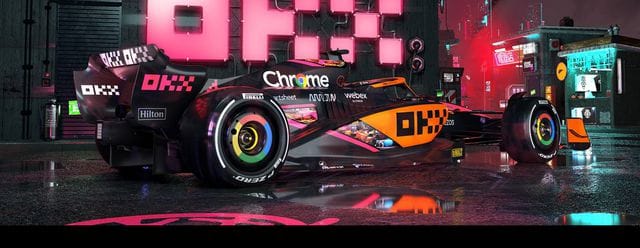
All-American
Our latest launch is a US-inspired slam dunk
That was the weekend that was
Read the story of the Japanese Grand Prix according to social media – aka McLaren Racing fans.
It's okay not to be okay: The fight against mental health
Asking someone if they're okay might be easier said than done, but it can make a big difference
Downtown Tokyo X Downtown Woking: How we created the "Future Mode" livery
We spoke to the McLaren Creative in-house design team to get the lowdown on how they created the OKX "Future Mode" livery that will feature on the MCL36 at the Formula 1 Singapore and Japanese Grands Prix
Join the team
McLaren Plus is our free-to-join fan loyalty programme, bringing McLaren fans closer to the team with the most inclusive, rewarding and open-to-all fan programmes in F1 & esports.
Sign up now, or current members can amend their details in the form below if necessary.

